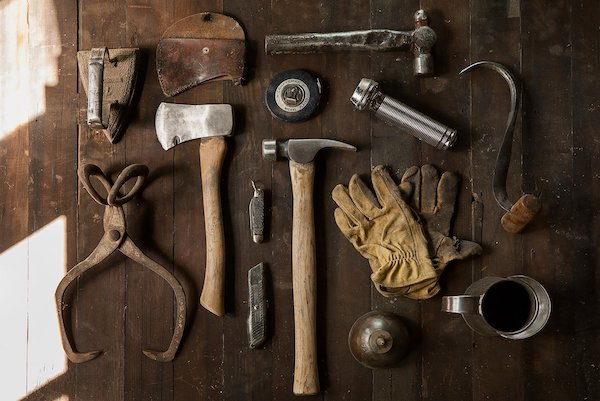Carpentry
What Does a Career in Carpentry Look Like?Carpentry skills can be used in many industries. Carpenters can work indoors, as in cabinet making, framework, furniture, drywall, and stage work; or outside building residential and commercial properties. They construct, assemble, and repair a variety of structures usually with wood, plastic, fiberglass, or sheetrock. The ability to read blueprints, the knowledge of woodworking machinery including power and hand tools, saws, lathes, and sanders, and awareness of carpentry safety rules are necessary. It is a physically demanding job, requiring standing, lifting, squatting, or climbing ladders. Good hand-eye coordination and basic math knowledge are helpful. On-the-job training is most often the way to enter the carpentry profession. Types of Jobs
Requirements
Accredited Schools for CarpentryClick here for a list of national accredited carpentry schools. |
|
